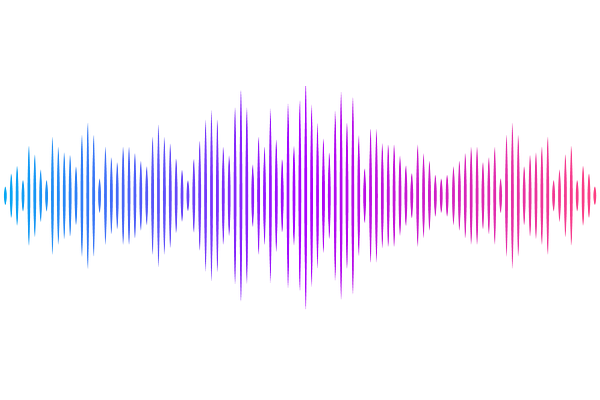The lac repressor strikes a balance between inducibility and strength of repression

The lac repressor strikes a balance between inducibility and strength of repression
Yuan, J.; Luking, M.; Zikrin, S.; Sen, B.; Marklund, E.; Fange, D.; Elf, J.
AbstractTranscription factors (TFs) efficiently locate their target DNA sequences by combining three-dimensional diffusion and one-dimensional sliding on nonspecific DNA. In order to slide fast on nonspecific DNA but still bind strongly at specific sequences, TFs have been proposed to change from search conformation to recognition conformation upon binding. For the lac repressor of E. coli, LacI, the folding of the hinge helices has been implicated in the conformational switch. Here, we have tested how the flexibility of the hinge region impacts the speed of search and the stability of binding. Based on molecular dynamics simulations, we selected two LacI mutants that favor search and recognition confirmation, respectively. We measured the binding kinetics of the mutants both in vitro on DNA microarrays with 2,479 different Lac operators and in vivo using single-molecule experiments in living cells. We conclude that a more flexible hinge helix enhances the specificity of the TF but reduces binding strength, while a more stable hinge helix has the opposite effect. The impact of altered binding specificity on target DNA search speed is, however, lower than expected. Instead, the ability of LacI to allosterically change its conformation in response to an inducer limits the stability of the recognition conformation, i.e., the trade-off in LacI binding is in stability vs inducibility rather than speed vs stability.